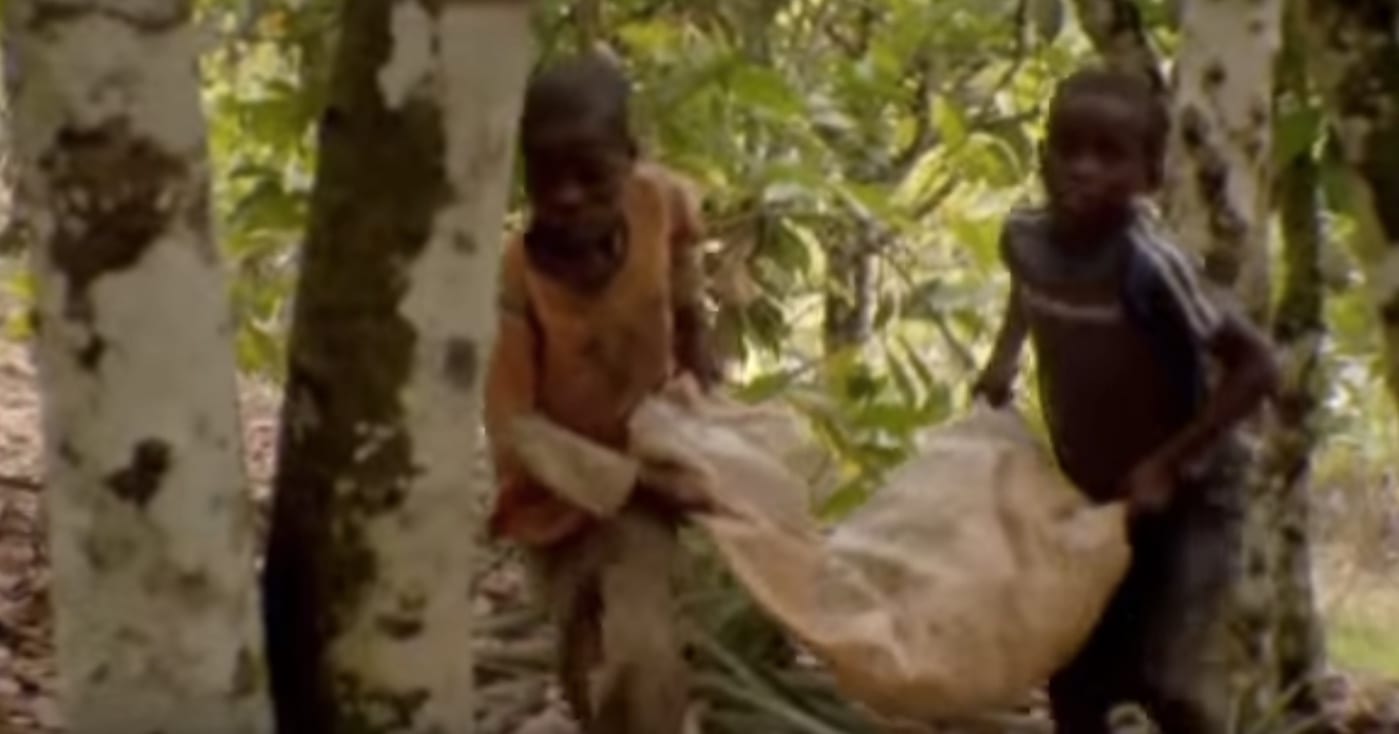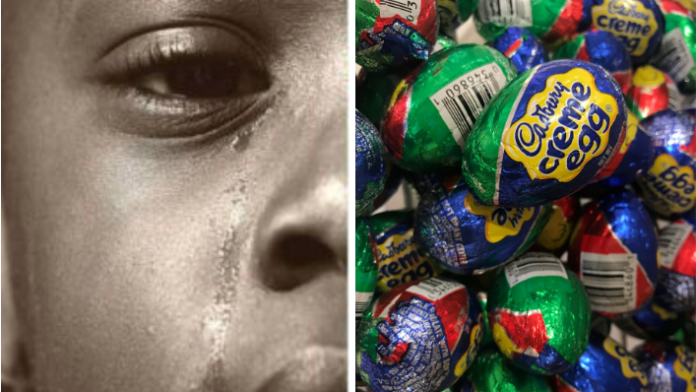Halloween and Valentine’s Day may have candy retailers salivating over loads of sweet-toothed tricker treaters and lovebirds purchasing boxes of chocolate truffles — but nothing quite compares to the candy Holy Grail that is Easter.
“In the week before Easter last year, Americans bought $823 million in creme-filled eggs, chocolate rabbits and the colored marshmallow Peeps, according to Nielsen data,” as reported by CNBC. In terms of weight, Americans bought 146 million pounds of candy, or comparatively speaking, the “weight of more than 11,000 African bush elephants.”
Needless to say, it’s the biggest money-making week for the candy industry of the entire year — and chocolate sales play a HUGE part in that.
According to the TheChocolateStore.com, “Americans consume 2.8 billion pounds of chocolate each year, or over 11 pounds per person.”
That’s right. From Reese’s and Snickers to chocolate bunnies and fondue, we eat the weight of a hefty bowling ball in chocolate every single year. It’s no secret, Americans are cuckoo for all things cocoa.
But have you ever wondered where most of your favorite treats are coming from?
Though the chocolate company controversy has been widely circulated over the years, many people are still unaware that they are funding child slaves in West Africa by buying from most of the major brands. The region that houses nearly two-thirds of all cacao beans on the planet exploits young children to work 80 to 100 hour weeks with no pay.
Huffington Post reported the following staggering statistics regarding the slave trade:
According to an investigative report by the BBC, hundreds of thousands of children are being purchased from their parents or outright stolen and then shipped to Ivory Coast, where they are enslaved on cocoa farms. Destitute parents in these poverty-stricken lands sell their children to traffickers believing that they will find honest work in Ivory Coast and send some of their earnings home. The terrible reality is that these children, 11 to 16 years old but sometimes younger, are forced to do hard manual labor 80 to 100 hours a week. They are paid nothing, receive no education, are under fed and are often viciously beaten if they try to escape. Most will never see their families again.
So which chocolate bigwigs are the culprits? The following are the companies well-known for using this brutal child slave labor according to an article posted by U.S. Uncut that has now been shared over 1 million times:
1. Nestle
2. Mars
3. Hershey
4. Godiva
5. Kraft
6. ADM Cocoa
7. Fowler’s Chocolate
While the list of these popular brands may be shocking and disappointing, this statement from one of the freed child slaves may be just enough to cramp your taste buds the next time you bite into that Milky Way or savor the flavor of your Almond Joy:
“They enjoy something I suffered to make; I worked hard for them but saw no benefit. They are eating my flesh.”

Photo/YouTube: The Dark Side of Chocolate
Similar comments were recorded in the film Slavery: A Global Investigation, which interviewed children who had broken free from the slave trade.
“The beatings were a part of my life,” said Aly Diabate, another freed slave. “Anytime they loaded you with bags (of cocoa beans) and you fell while carrying them, nobody helped you. Instead, they beat you and beat you until you picked it up again.”
The FDA attempted to pass a law back in 2001 that would enforce “slave free” labeling on candy wrappers, but the powerful chocolate companies (namely Hershey, Mars, and Nestle) shut down the legislation with big corporate dollars by “promising” self-regulation. This “promise” was to stop all child slavery involved with their companies by 2005…and America is still waiting. That date has been consistently pushed back, and the goal is now 2020.
To make matters worse, the number of kids working in the chocolate slave trade has only continued to increase. It shot up by a staggering 51 percent from 2009 to 2014 alone.
By contrast, the following is a list of companies who have made an intentional effort to avoid benefiting from the cruelty of child slave labor.
-
Newman’s Own Organics
-
Clif Bar
-
Koppers Chocolate
-
Green and Black’s
-
Cloud Nine
-
L.A. Burdick Chocolates
-
Gardners Candie
-
Denman Island Chocolate
-
Omanhene Cocoa Bean Company
-
Montezuma’s Chocolates
-
Kailua Candy Company
-
The Endangered Species Chocolate Company
-
Rapunzel Pure Organics
Of course, it can’t be done alone, but the American consumer can contribute to making a difference by choosing to buy candy from some of these more ethically conscious brands.
Please SHARE this important message with your friends and join us in the fight to end child slave labor this Easter.

